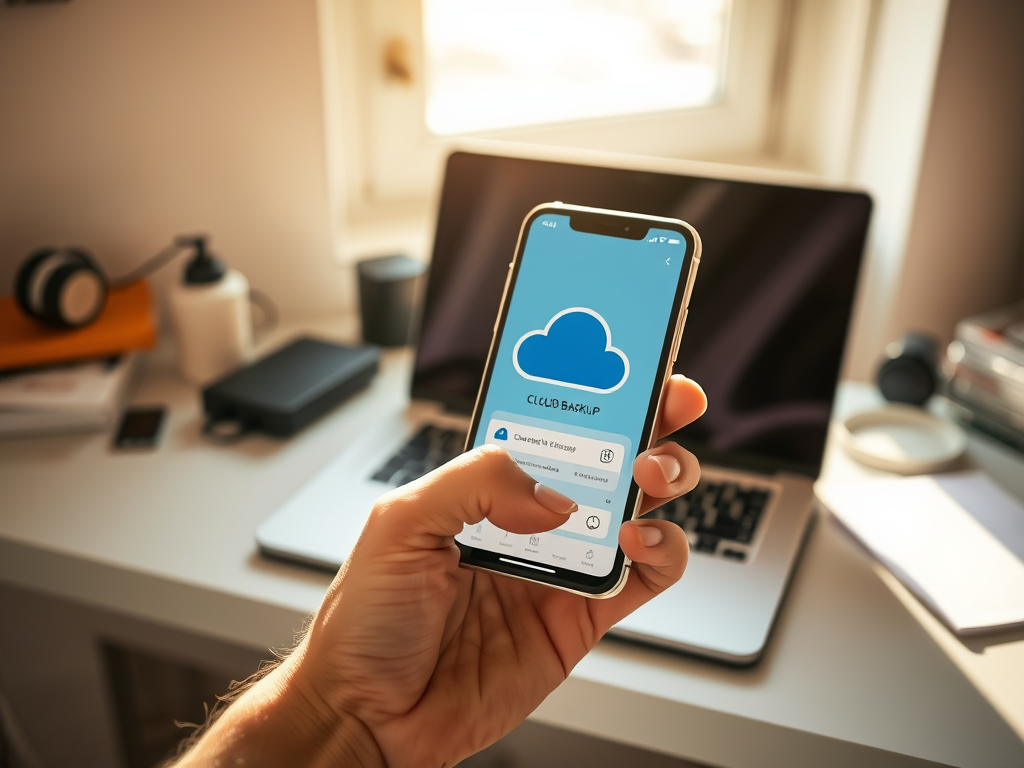In today’s fast-paced digital age, ensuring the safety of our personal devices and the data held within them is of paramount importance. With a myriad of threats lurking around us—from hardware failures to malicious cyber attacks—having a solid data backup plan serves not just as a precaution but as a cornerstone of personal security. Most users underestimate the fragility of their digital files until it’s too late, often leading to costly or irretrievable losses. This article aims to enlighten you about the various strategies for effective data backup, guiding you through the essential methods to keep your information safe and secure. By the end, you’ll be better equipped to navigate the complex landscape of data management, armed with knowledge that empowers you to take control over your digital footprint.
Understanding why data backup is essential sets the stage for any effective strategy. Data loss can stem from various sources, including human error, hardware malfunctions, and even catastrophic events like fires or floods. Once you grasp the reality that loss can happen at any moment, the significance of having backups becomes clear. You can take action to mitigate these risks, ensuring that your important files and memories remain intact. With the right information, you can choose a backup solution that aligns best with your needs and lifestyle. Below, we will delve into the common causes of data loss and the critical importance of developing a proactive backup approach.
Why Data Backup is Essential

Data loss can occur due to a variety of reasons, creating a vacuum that could cost time, money, and invaluable memories. Consider this list of common causes of data loss:
- Hardware malfunctions, such as hard drive crashes.
- Accidental deletions by users, often in moments of haste.
- Cybersecurity threats like viruses or ransomware that lock you out of your files.
- Natural disasters, including floods or fires, which can destroy physical devices.
Equipped with this understanding, let’s transition to exploring the various data backup solutions available. Each type caters to unique needs, so it’s wise to be aware of all your options to make an informed choice.
Types of Data Backup Solutions

Two primary categories dominate the data backup landscape: local backups and cloud backups. Each type has distinct advantages and disadvantages that can greatly impact your data security strategy. Below we explore these options in detail, offering you a comprehensive understanding:
Local Backups
Local backups typically involve storing data on tangible storage devices such as external hard drives or USB flash drives. This method allows for immediate access to your files without the need for an internet connection. However, this advantage is accompanied by vulnerabilities such as physical damage or theft. The risks associated with local backups include the potential loss of data in the event of unforeseen disasters. Therefore, they should not be the only layer in your data security plan. Here’s a quick look at the pros and cons:
| Advantages | Disadvantages |
|---|---|
| Immediate access to data | Vulnerable to physical damage |
| Full control over your files | Limited off-site protection |
Cloud Backups
Cloud backups, in contrast, store your data on remote servers accessible via the internet. This method offers safety from local disasters but does depend on a consistent internet connection. Additionally, while many cloud services come with convenient automatic backups, it’s essential to consider the ongoing costs associated with storage subscriptions. Here’s a breakdown of the advantages and disadvantages:
- Off-site safety from local disasters
- Automatic updates and scalability as your data needs grow
On the flip side, cloud backups also present vulnerabilities, primarily related to dependency on internet connectivity and data breaches. Therefore, striking a balance between local and cloud solutions tends to yield the best protection.
Best Practices for Data Backup
To ensure your data is secure, implementing best backup practices will make a significant difference. Embracing strategies such as the 3-2-1 backup rule can offer peace of mind in safeguarding your valuable information. This universally recommended rule suggests:
- Keep three total copies of your data.
- Use two different storage types (e.g., external drive and cloud).
- Maintain one backup copy off-site.
Establishing a regular backup schedule is equally important. Decide on a timeframe—weekly or even daily—and stick to it. This routine physically integrates the practice into your habits, ensuring your data stays up-to-date and relevant.
Finally, periodically testing your backups is a necessity that many overlook. By verifying their functionality, you not only gain confidence in their effectiveness but also discover any issues before a critical moment arises. These practices act as vital checkpoints on your road to effective data management.
Conclusion
Securing your personal devices through effective data backup is not merely a recommendation but an essential practice in our digital world. By understanding the various backup solutions available and implementing best practices, you position yourself to protect your valuable information against numerous risks. The old adage “better safe than sorry” rings especially true when it comes to data security. Whether you favor local backups for immediacy or cloud solutions for safety, having a diversified approach to data protection will keep you steps ahead of the unpredictable.
Frequently Asked Questions
- What is the best backup method for personal devices? The best method often involves a combination of local and cloud backups to offer both immediate access and off-site safety.
- How often should I back up my data? Ideally, you should back up your data at least once a week, but more frequently may be necessary depending on your usage.
- What data should I back up? You should back up all essential files, including documents, photos, videos, and any critical applications.
- Can I rely on just one backup solution? Relying on a single backup solution can be risky; it’s recommended to use multiple methods to ensure data safety.
- How do I recover data from a backup? The recovery process will vary depending on your backup method; consult the documentation for the respective solution for specific steps.



